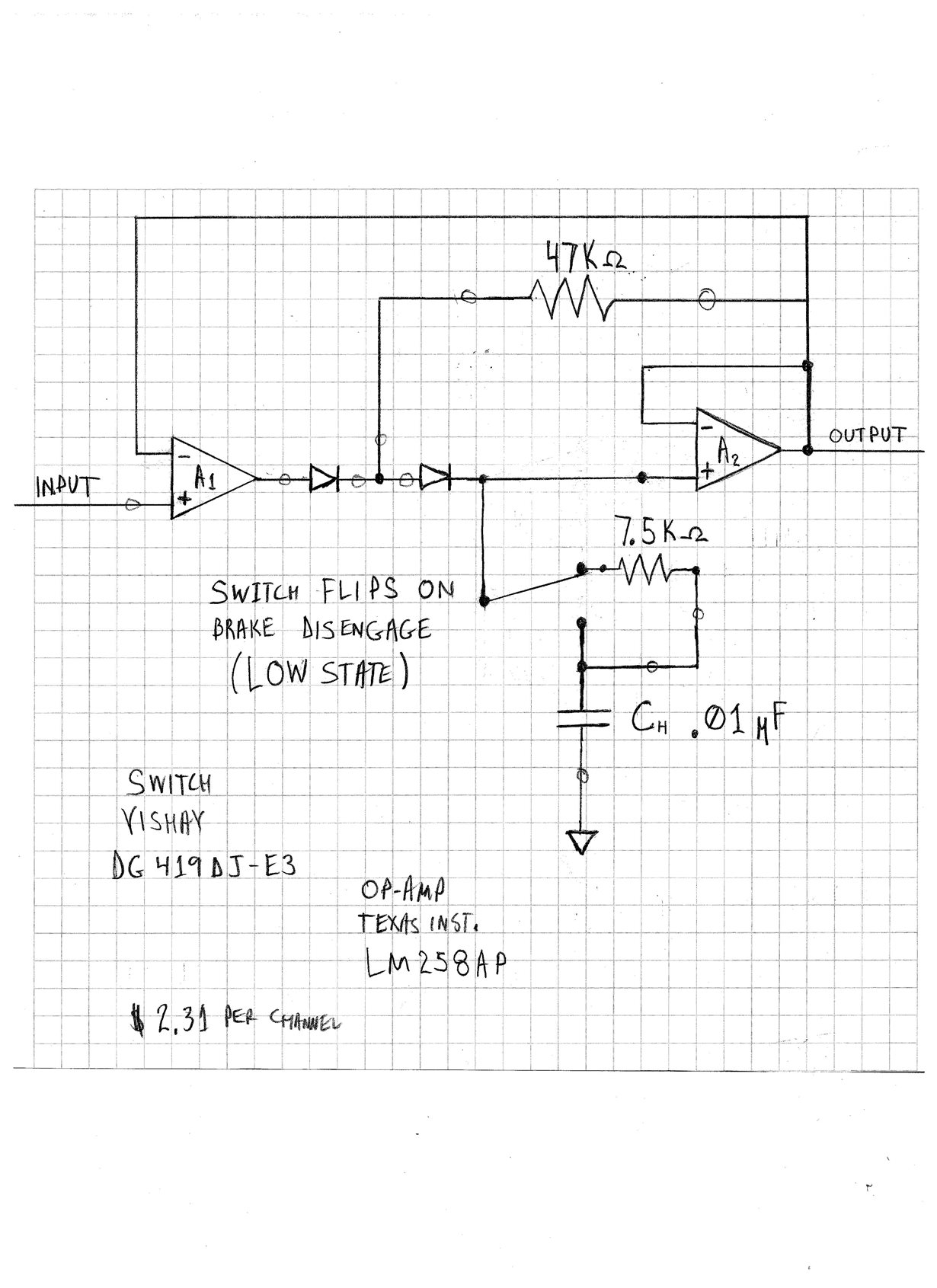Question : I am trying to use the LF198H as a peak detector. The supply voltage to the "metal can" is +15 volts and - 15 volts. The input signal is -10 volts to +10 volts. I used to use a Analog Devices PKD01 for this purpose. It has been discontinued by Analog Devices. For my circuit, the the typical input signal may go from - 3.0 volts up to +1.2 volts in 2 seconds, and then drop back to th original -3.0 volts. With the PKD01 circuit, I would go low with the logic input, and the output would match the maximum of the input and stay at that level even when the input would drift back to -3.0 volts. the output would stay at +1.2 volts ( the peak ), until the ligic input was set to high again. At that point, the output would match the input, until the logic input went low again. At that point, the whole process starts over again. Is it possible to replicate the function of the PKD01 with the LF198H ? Please help.
-
Ask a related question
What is a related question?A related question is a question created from another question. When the related question is created, it will be automatically linked to the original question.



